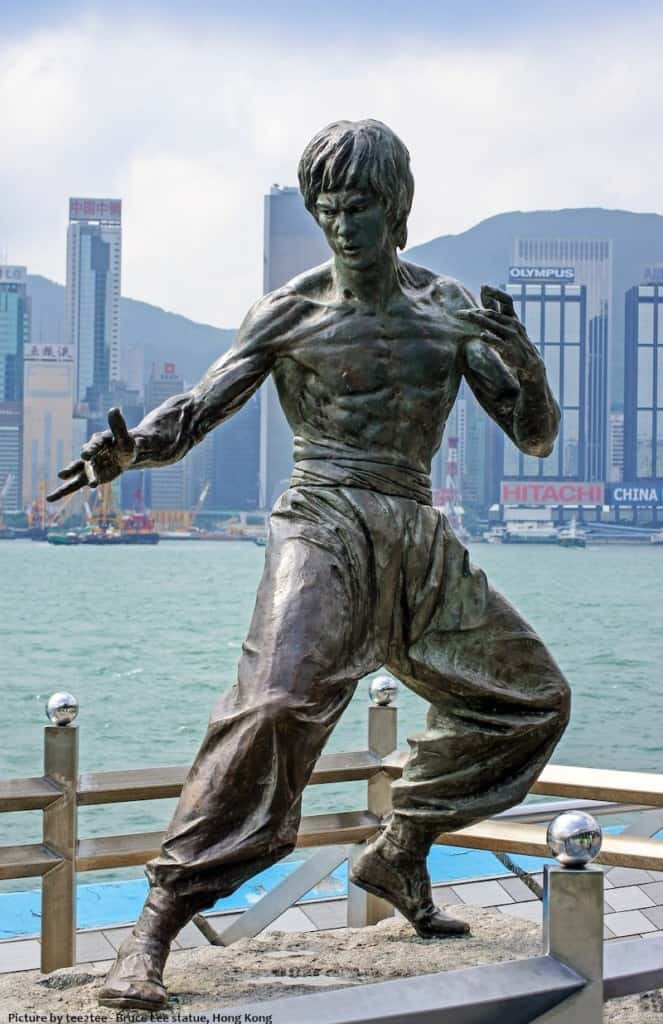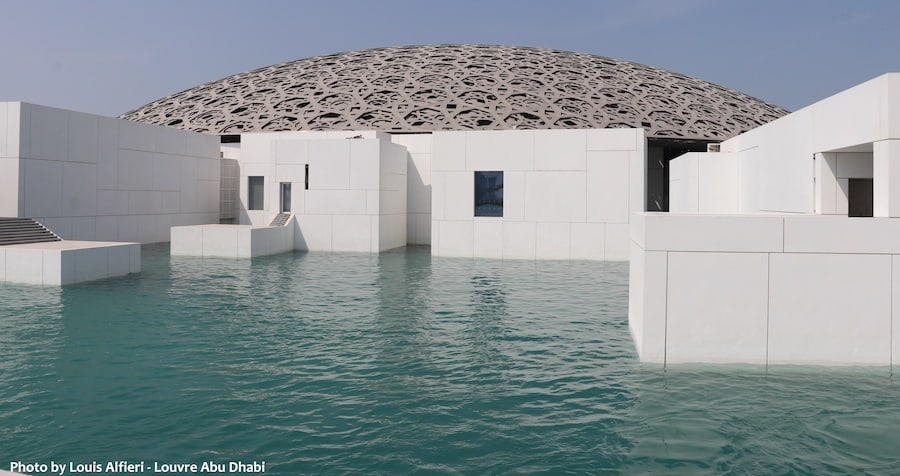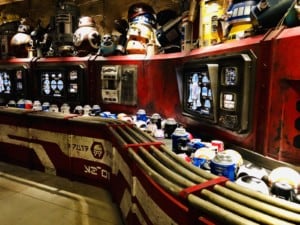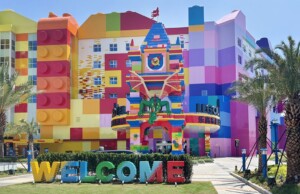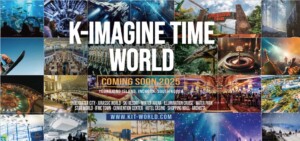By Tim Madison, Raven Sun Creative
The ancient Greek philosopher Heraclitus compared life to the flow of a river. No one ever steps into the same river twice. Nothing is static and so, life is in a constant state of change.
Over the two-and-a-half millennia or so since Heraclitus made that observation, the pace of technological evolution and resultant sociocultural change has massively accelerated. Today, the same river of human life rushes forward at a rate that’s difficult to comprehend.
As the pace of change gets faster, the future also becomes more and more difficult to predict. The churn of events becomes more turbulent, uncertain, and complex. We may be able to forecast some developments and long-term trends, with some confidence. The greater picture of what’s to come, however, is much more variable and unpredictable.
Humans naturally crave stability, particularly in times of crisis, as we are experiencing with the pandemic. This desire for “normalcy” can lead us to view the future as a set of external forces working against us. So, in the face of change and hardship, we have a tendency to cling to the past and fight to defend the status quo – a status quo that doesn’t really exist.
What’s the alternative, then?
How can organizations survive and thrive in an age of radical change?
Bruce Lee’s famous piece of advice about dealing with change and conflict was, “Be like water.”
The legendary martial artist and filmmaker, drawing from the writings of the ancient Chinese philosopher, Lao Tzu, used the metaphor to illustrate his philosophy of life:
Don’t get set into one form, adapt it and build your own, and let it grow, be like water. You must be shapeless, formless, like water. When you pour water in a cup, it becomes the cup. When you pour water in a bottle, it becomes the bottle. When you pour water in a teapot, it becomes the teapot. Water can drip and it can crash. Become like water my friend.
It’s a compelling metaphor, sure. But does is Lee’s philosophy relevant to the realities of the destinations industry? An organization can’t very well be shapeless or formless, can it?
Well, in the sense that Lee meant it, yes, it can.
What Lee was talking about was shedding a rigid mindset and cultivating an openness to adaptation. The future is not something that happens to us. We are not separate from change. We are always engaged in a continuous process of becoming.
Water has some extraordinary properties: resilience and adaptability, as well as the power to transform. It can stop a bullet and it can transmit sound waves faster and further than the air.
However, the question remains: does this idea really go beyond an inspirational analogy? How can an organization copy this philosophy in how it approaches an uncertain future?
Be highly attuned to your environment
Water responds to subtle changes—wind, temperature, vibration, atmospheric pressure—in its environment. A company also needs to be perceptive about changing conditions.
The ability to identify and interpret the most relevant indicators of change as they happen is more important than putting in place a solution based on a predicted future state. This requires an organization to have keen environmental scanning and analysis and an understanding of the emergent big picture.
Be able to adapt swiftly
Water is always moving and changing form, even when it appears still. Organizations that foster cultures of change— responsive change to new information—are the ones that also thrive. These businesses take an attitude that embraces growth and adaptation as a constant.
Communication flows effectively through a safe but transparent environment. Often they have flat, organic organizational structures of networked teams and are better able to respond to new circumstances with agility.
Flow with purpose
While water is not a conscious entity, it is a great example of what we think of as being purpose-driven. Unified, it flows forward, seeking out channels of opportunity, finding a way to follow gravity. For an organization, “gravity” means a shared sense of purpose. Every part of your enterprise needs to be clear on its mission. A clear and authentic expression of an organization’s basic reason for being provides direction, motivation, and cohesion.
Be one with the ecosystem
In a world that is both increasingly volatile and interdependent, organizational boundaries are becoming more fluid and permeable. As with water moving through an ecosystem, it’s more useful to see and understand an organization in terms of interactions and relationships than as a set of walls.
Any business or brand is defined by a complex and dynamic network of mutually beneficial relationships, exchanges of value, knowledge, and talent. This holistic ecosystem view provides a clearer view of an enterprise’s vulnerabilities and opportunities. Those that are conscious of their externalities and focus on playing a positive role in the broader business ecosystem are better suited for long-term survival.
Be transformative
Water isn’t simply subject to change; it’s a force of change. It shapes the landscape and nourishes life. Likewise, organizations need to see themselves as agents of change.
Employees need to be engaged and empowered to communicate, invent, collaborate, create, and learn. Having space to test-and-learn, iterate, and safely fail encourages a climate of innovation and evolution.
Conclusion
The realization that everything is in a constant state of flux can be unsettling. Much of our anxiety about change stems from the default belief that it is a force, like ocean waves, crashing upon us.
But the truth is there is no separation between us and change. Change flows through us. This seemingly simple shift of perspective can be the key to breaking out of old, limiting patterns of thought and behaviour.
By adopting a philosophy of “be like water” change and a policy of constant adaptation, we assume the resilience and versatility to respond to adversity. So, we have the power to reinvent the future as an opportunity.
All images (with exception of Bruce Lee statue) are property of Louis Alfieri and Raven Sun Creative. Images are not to be reused without permission.


